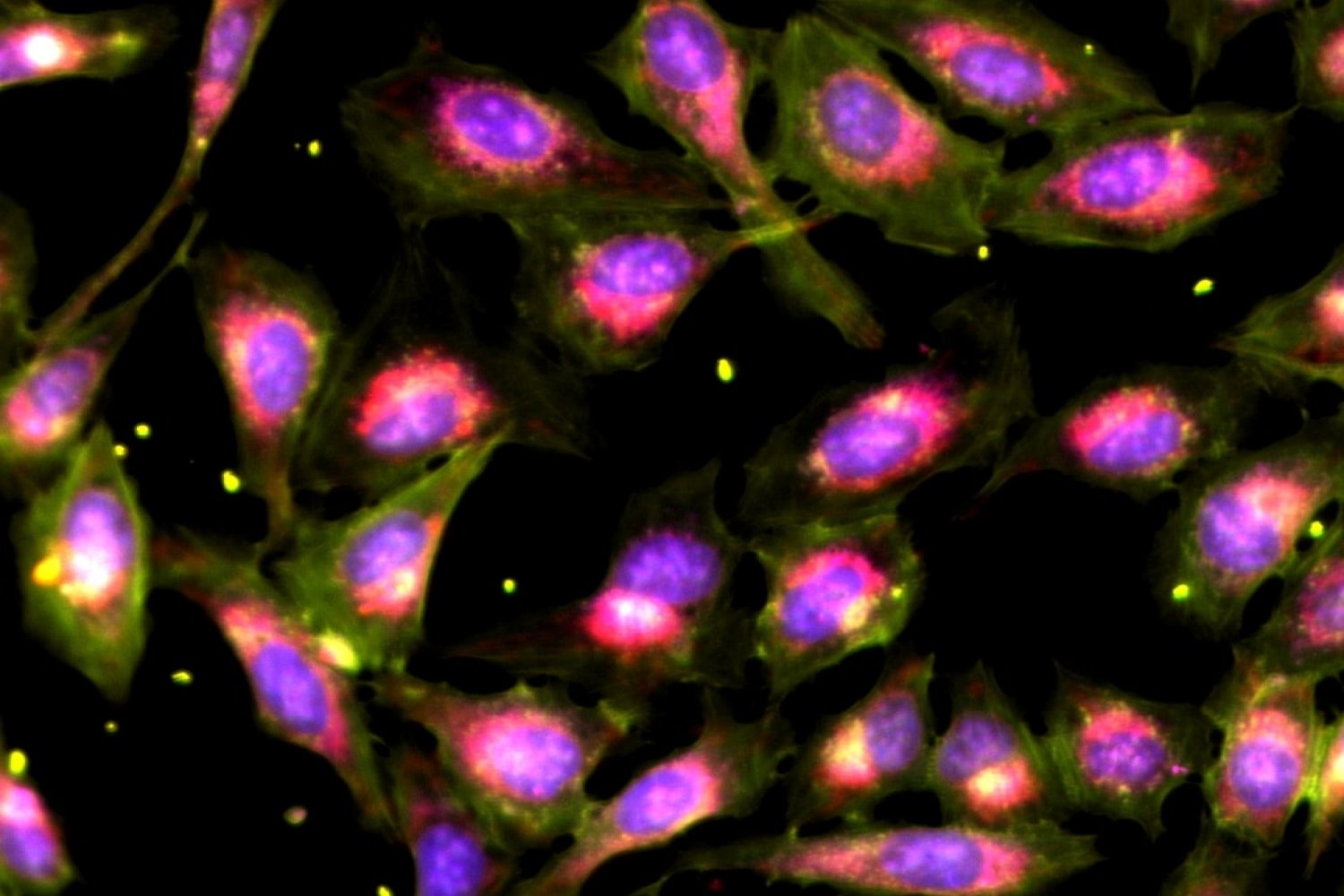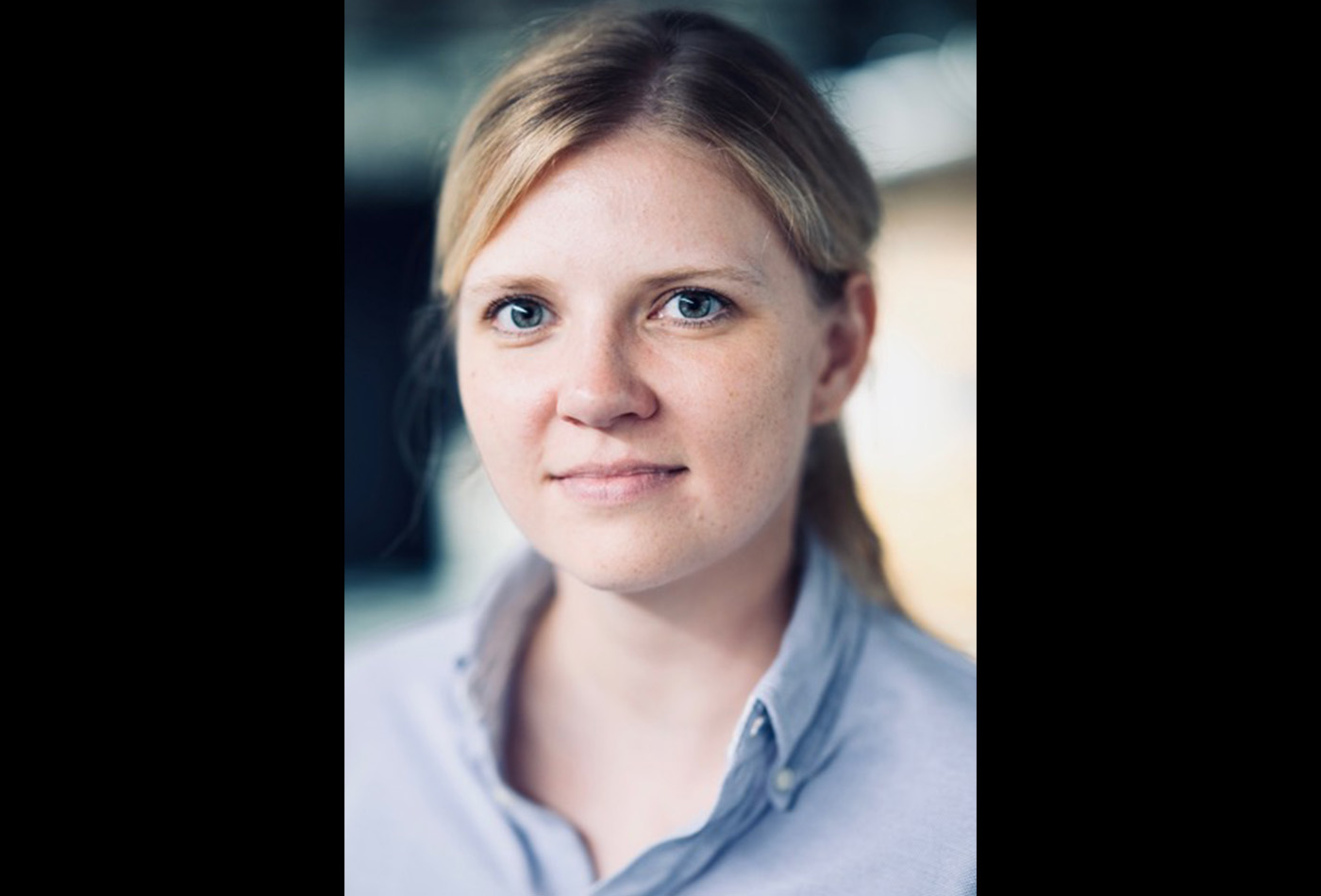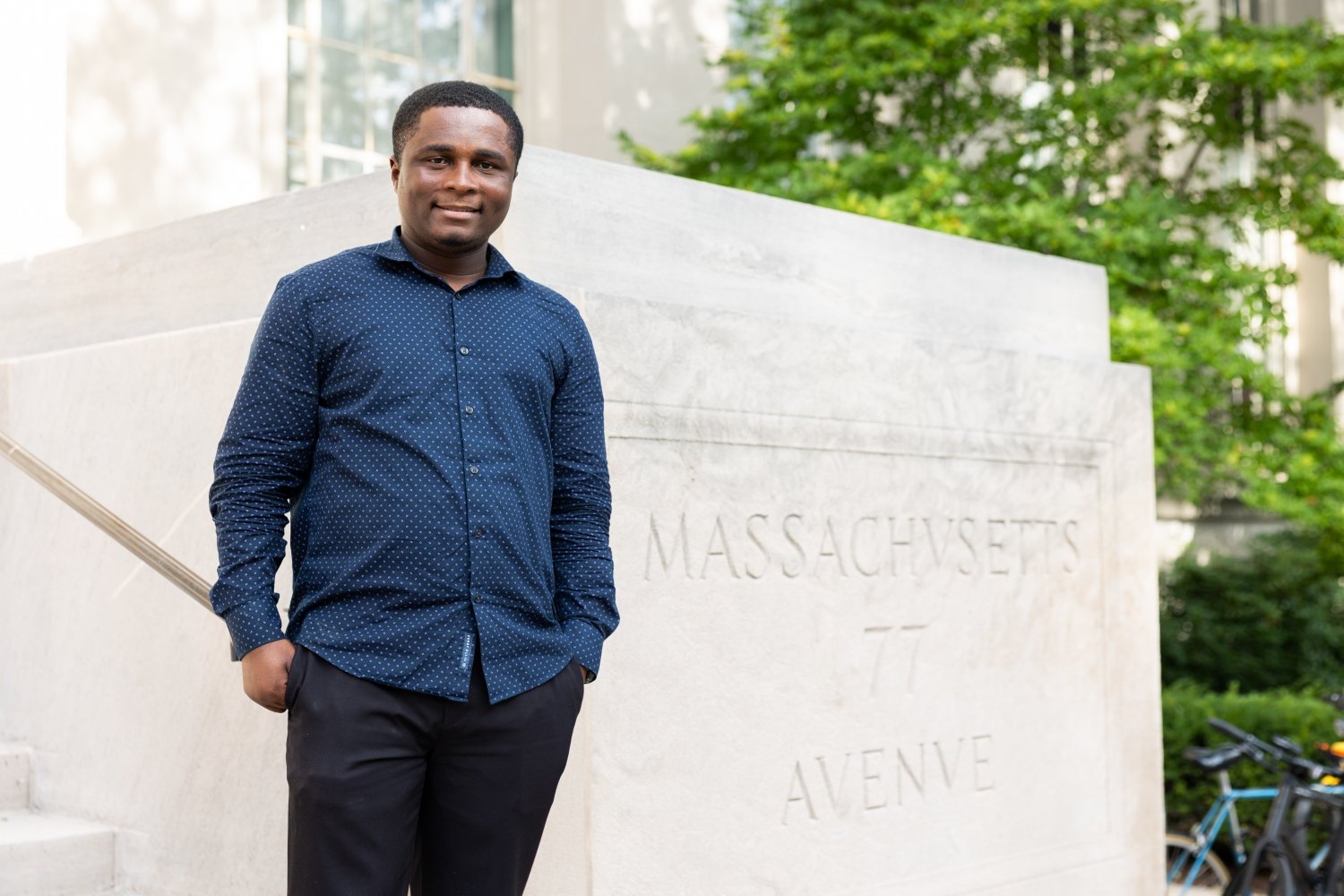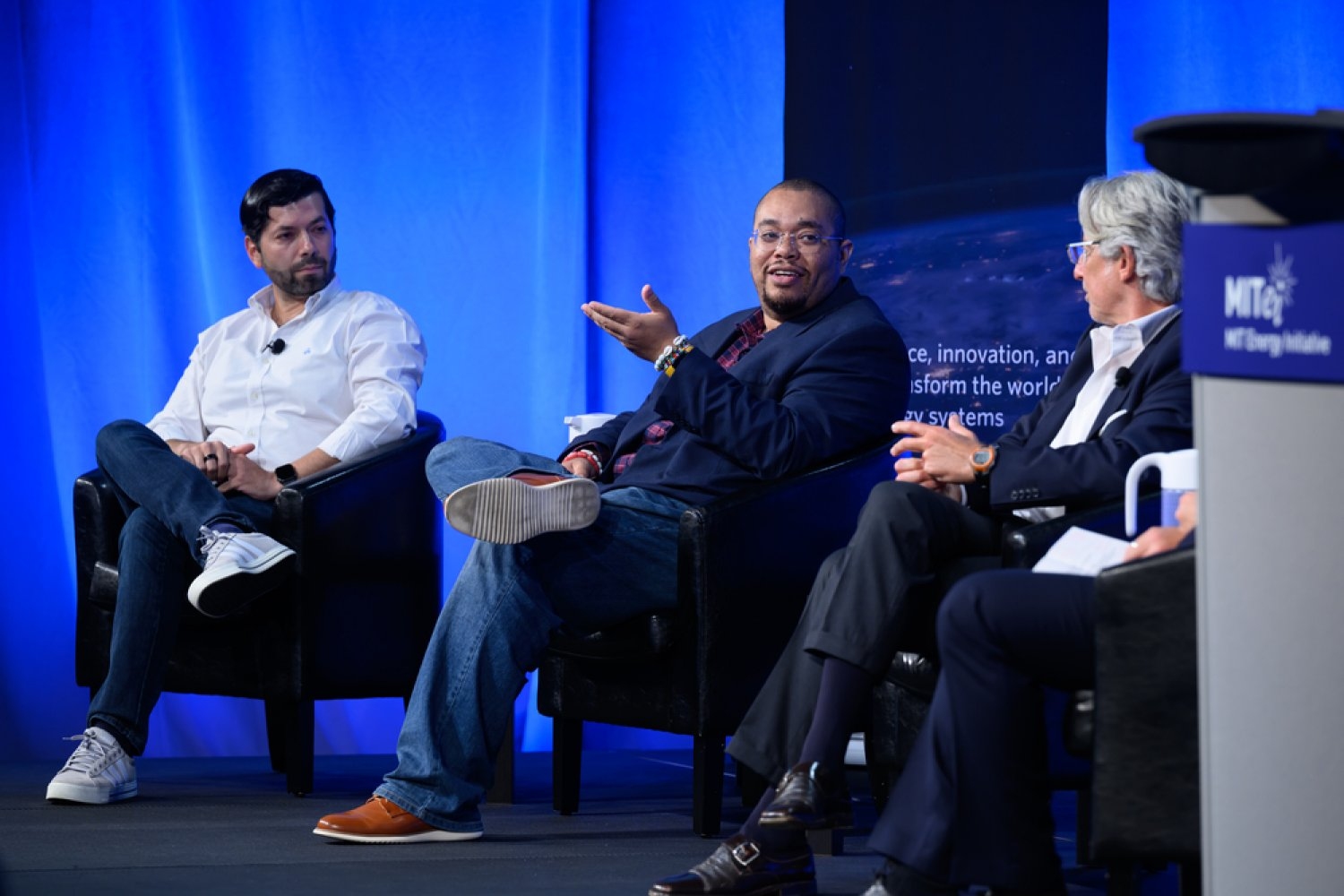A new framework to efficiently screen drugs
Novel method to scale phenotypic drug screening drastically reduces the number of input samples, costs, and labor required to execute a screen.
Some of the most widely used drugs today, including penicillin, were discovered through a process called phenotypic screening. Using this method, scientists are essentially throwing drugs at a problem — for example, when attempting to stop bacterial growth or fixing a cellular defect — and then observing what happens next, without necessarily first knowing how the drug works. Perhaps surprisingly, historical data show that this approach is better at yielding approved medicines than those investigations that more narrowly focus on specific molecular targets.
But many scientists believe that properly setting up the problem is the true key to success. Certain microbial infections or genetic disorders caused by single mutations are much simpler to prototype than complex diseases like cancer. These require intricate biological models that are far harder to make or acquire. The result is a bottleneck in the number of drugs that can be tested, and thus the usefulness of phenotypic screening.
Now, a team of scientists led by the Shalek Lab at MIT has developed a promising new way to address the difficulty of applying phenotyping screening to scale. Their method allows researchers to simultaneously apply multiple drugs to a biological problem at once, and then computationally work backward to figure out the individual effects of each. For instance, when the team applied this method to models of pancreatic cancer and human immune cells, they were able to uncover surprising new biological insights, while also minimizing cost and sample requirements by several-fold — solving a few problems in scientific research at once.
Zev Gartner, a professor in pharmaceutical chemistry at the University of California at San Francisco, says this new method has great potential. “I think if there is a strong phenotype one is interested in, this will be a very powerful approach,” Gartner says.
The research was published Oct. 8 in Nature Biotechnology. It was led by Ivy Liu, Walaa Kattan, Benjamin Mead, Conner Kummerlowe, and Alex K. Shalek, the director of the Institute for Medical Engineering and Sciences (IMES) and the Health Innovation Hub at MIT, as well as the J. W. Kieckhefer Professor in IMES and the Department of Chemistry. It was supported by the National Institutes of Health and the Bill and Melinda Gates Foundation.
A “crazy” way to increase scale
Technological advances over the past decade have revolutionized our understanding of the inner lives of individual cells, setting the stage for richer phenotypic screens. However, many challenges remain.
For one, biologically representative models like organoids and primary tissues are only available in limited quantities. The most informative tests, like single-cell RNA sequencing, are also expensive, time-consuming, and labor-intensive.
That’s why the team decided to test out the “bold, maybe even crazy idea” to mix everything together, says Liu, a PhD student in the MIT Computational and Systems Biology program. In other words, they chose to combine many perturbations — things like drugs, chemical molecules, or biological compounds made by cells — into one single concoction, and then try to decipher their individual effects afterward.
They began testing their workflow by making different combinations of 316 U.S. Food and Drug Administration-approved drugs. “It’s a high bar: basically, the worst-case scenario,” says Liu. “Since every drug is known to have a strong effect, the signals could have been impossible to disentangle.”
These random combinations ranged from three to 80 drugs per pool, each of which was applied to lab-grown cells. The team then tried to understand the effects of the individual drug using a linear computational model.
It was a success. When compared with traditional tests for each individual drug, the new method yielded comparable results, successfully finding the strongest drugs and their respective effects in each pool, at a fraction of the cost, samples, and effort.
Putting it into practice
To test the method’s applicability to address real-world health challenges, the team then approached two problems that were previously unimaginable with past phenotypic screening techniques.
The first test focused on pancreatic ductal adenocarcinoma (PDAC), one of the deadliest types of cancer. In PDAC, many types of signals come from the surrounding cells in the tumor’s environment. These signals can influence how the tumor progresses and responds to treatments. So, the team wanted to identify the most important ones.
Using their new method to pool different signals in parallel, they found several surprise candidates. “We never could have predicted some of our hits,” says Shalek. These included two previously overlooked cytokines that actually could predict survival outcomes of patients with PDAC in public cancer data sets.
The second test looked at the effects of 90 drugs on adjusting the immune system’s function. These drugs were applied to fresh human blood cells, which contain a complex mix of different types of immune cells. Using their new method and single-cell RNA-sequencing, the team could not only test a large library of drugs, but also separate the drugs’ effects out for each type of cell. This enabled the team to understand how each drug might work in a more complex tissue, and then select the best one for the job.
“We might say there’s a defect in a T cell, so we’re going to add this drug, but we never think about, well, what does that drug do to all of the other cells in the tissue?” says Shalek. “We now have a way to gather this information, so that we can begin to pick drugs to maximize on-target effects and minimize side effects.”
Together, these experiments also showed Shalek the need to build better tools and datasets for creating hypotheses about potential treatments. “The complexity and lack of predictability for the responses we saw tells me that we likely are not finding the right, or most effective, drugs in many instances,” says Shalek.
Reducing barriers and improving lives
Although the current compression technique can identify the perturbations with the greatest effects, it’s still unable to perfectly resolve the effects of each one. Therefore, the team recommends that it act as a supplement to support additional screening. “Traditional tests that examine the top hits should follow,” Liu says.
Importantly, however, the new compression framework drastically reduces the number of input samples, costs, and labor required to execute a screen. With fewer barriers in play, it marks an exciting advance for understanding complex responses in different cells and building new models for precision medicine.
Shalek says, “This is really an incredible approach that opens up the kinds of things that we can do to find the right targets, or the right drugs, to use to improve lives for patients.”





